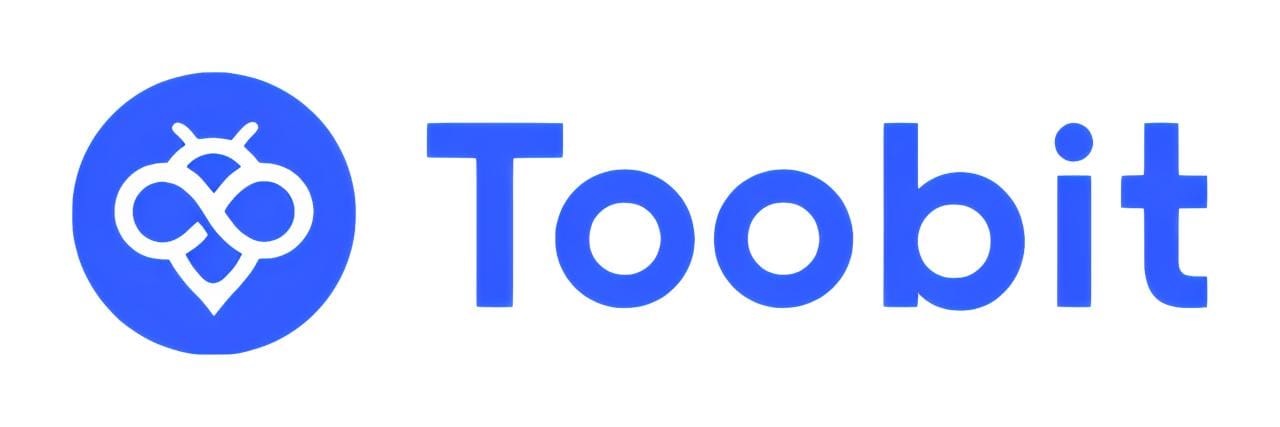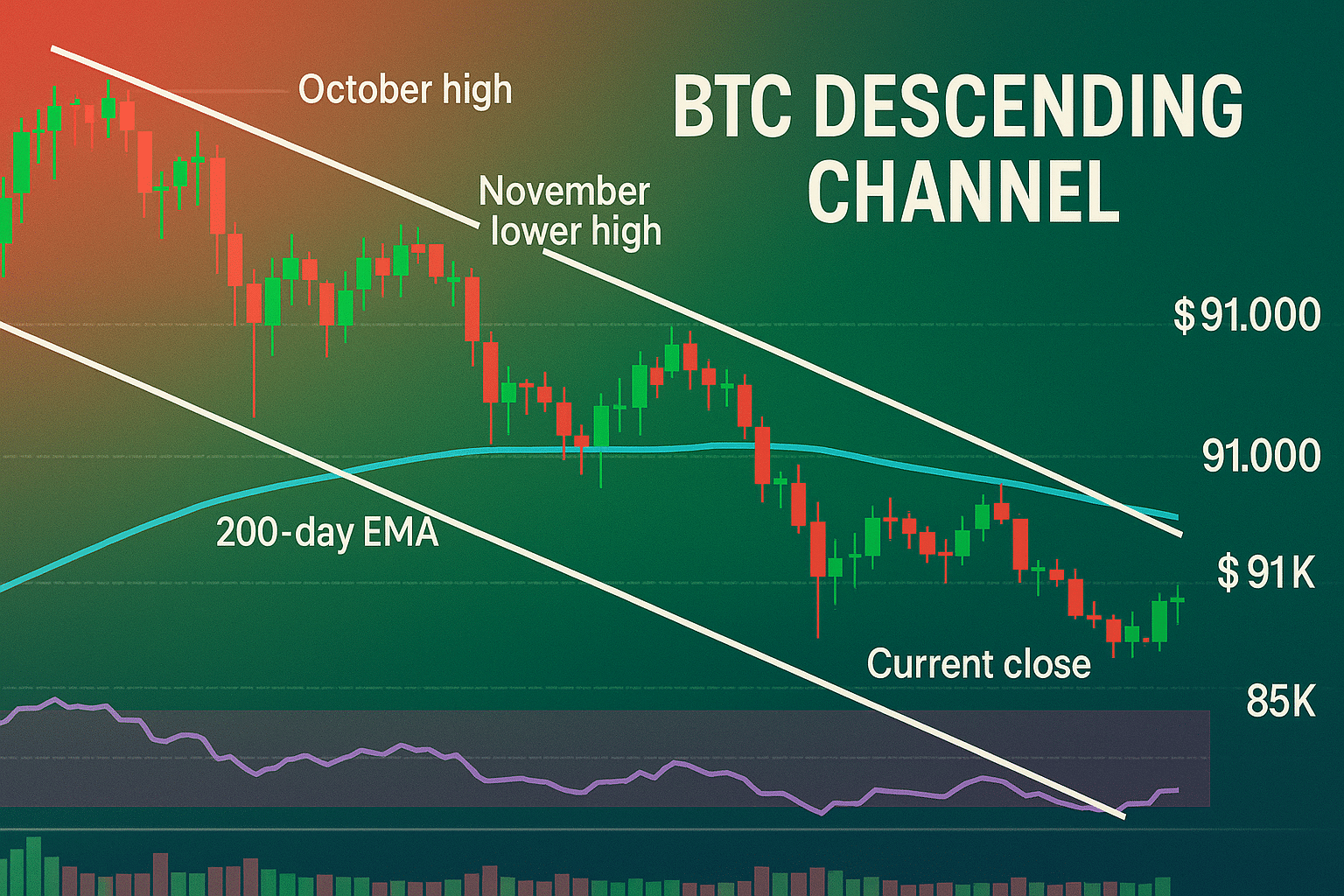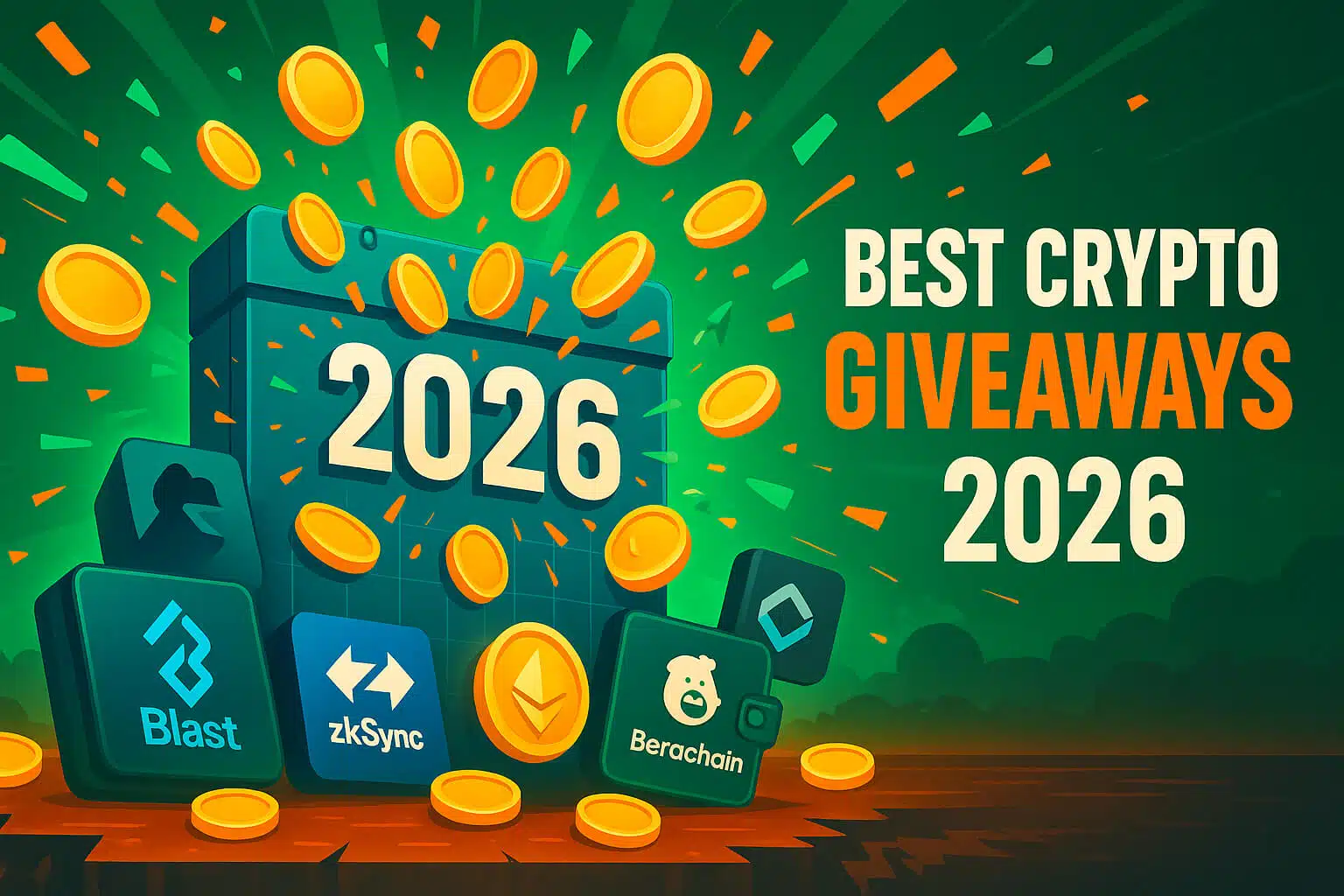As the blockchain landscape expands, the demand for cross-chain communication and integration is rapidly rising. What started as a network of isolated blockchains has grown into a complex ecosystem where decentralized finance (DeFi), non-fungible tokens (NFTs), and decentralized applications (dApps) thrive across multiple chains. However, these chains often function independently, creating silos that limit the flow of assets and information. This is where interoperability comes in, playing a crucial role in connecting the crypto ecosystem.
1. What Is Blockchain Interoperability?
Blockchain interoperability is the ability of different blockchain networks to communicate, exchange data, and transfer assets seamlessly. Without interoperability, blockchains act as isolated ecosystems, making it challenging for users to move assets or interact with decentralized applications across different chains.
Example:
Suppose you’re holding Ethereum-based assets but want to use a dApp on the Binance Smart Chain (BSC). In a non-interoperable system, you’d need to go through a centralized exchange to convert your Ethereum (ETH) to Binance Coin (BNB). However, with interoperability solutions like cross-chain bridges, you can seamlessly move your ETH to BSC without leaving the decentralized ecosystem.
2. Enhancing DeFi with Cross-Chain Transactions
The decentralized finance (DeFi) sector has benefited immensely from interoperability, which allows users to move assets across multiple blockchains. As DeFi protocols expand to different chains (such as Ethereum, Solana, Avalanche, and Polygon), the need for smooth cross-chain transactions has become vital.
Interoperability enables users to access the best features of different blockchains, whether it’s lower transaction fees, faster processing times, or access to specific DeFi applications.
Example:
Consider a DeFi user who holds tokens on Solana but wants to take advantage of a higher-yield farming opportunity on Ethereum. Without interoperability, this user would have to convert their assets via an exchange, losing time and money in the process. With a cross-chain bridge like Wormhole, they can seamlessly move their tokens from Solana to Ethereum and enter the DeFi opportunity with minimal friction.
This ability to move freely between networks has created a more dynamic DeFi landscape, where users can optimize their investments without being restricted to a single blockchain.

3. NFTs: Unlocking Cross-Chain Potential
The NFT boom has revolutionized digital ownership, but most NFTs remain confined to their native blockchains. Interoperability is changing that, allowing NFTs to move across different networks and giving creators and collectors more flexibility.
Example:
An NFT originally minted on Ethereum can now be transferred to a faster, cheaper blockchain like Polygon or Flow for trading or showcasing. With interoperability, collectors are no longer bound to the limitations of a single blockchain, which can reduce gas fees and open up new marketplaces for their assets.
Moreover, interoperability could enable NFTs to function across multiple platforms, adding more utility. Imagine owning an NFT from one blockchain-based game and using it in another game on a different blockchain. This kind of cross-platform utility is made possible through interoperability.
4. A Unified User Experience Across Blockchains
One of the biggest obstacles for widespread blockchain adoption has been the fragmented user experience across different chains. Navigating between blockchains can be complex, with each one requiring different wallets, tokens, and procedures. Interoperability simplifies this process by allowing users to interact with multiple blockchains through a single platform or interface.
Example:
A DeFi investor using MetaMask currently needs to switch between different networks (Ethereum, Binance Smart Chain, etc.) manually. In a fully interoperable world, this investor could manage assets from multiple blockchains in one place, without the need to switch networks or pay additional fees to move assets around.
This unified experience encourages adoption by making blockchain technology more accessible and easier to use for everyday users. Developers are also building cross-chain solutions that let dApps function across different blockchains, further streamlining the user experience.
5. The Role of Cross-Chain Bridges
Cross-chain bridges are the backbone of blockchain interoperability, enabling the transfer of assets and data between different networks. These bridges act as intermediaries, connecting blockchains that otherwise wouldn’t be able to communicate.
Example:
The Polygon Bridge is a prime example of a cross-chain solution, enabling users to move Ethereum assets to the Polygon blockchain, where transactions are faster and cheaper. Similarly, the Binance Bridge allows assets to flow between Binance Smart Chain and Ethereum, giving users the flexibility to access dApps on both platforms.
However, cross-chain bridges come with challenges, including security risks. In 2022, several high-profile bridge hacks highlighted the vulnerabilities that still exist. Despite these challenges, bridges remain an essential component of blockchain interoperability, and developers are working on enhancing security protocols to make them safer.
6. Reducing Fragmentation and Improving Liquidity
Fragmentation is a significant issue in the crypto world, as isolated blockchain networks limit the flow of assets and liquidity. Interoperability reduces fragmentation by enabling assets to move freely across different chains, which in turn improves liquidity in the market.
Example:
A decentralized exchange (DEX) like Uniswap on Ethereum has liquidity pools that are specific to Ethereum-based tokens. But with interoperability, these liquidity pools could be combined with pools on other chains like Solana or Avalanche, creating a more robust, interconnected system. This boosts liquidity and gives users more options for trading and investing.
By connecting fragmented blockchain ecosystems, interoperability enhances the overall efficiency and accessibility of the crypto market.
7. The Challenges Facing Interoperability
While interoperability offers tremendous potential, it is not without its challenges. Security remains a significant concern, as cross-chain bridges are often targeted by hackers. Ensuring the safety of these systems is critical for widespread adoption.
Moreover, the lack of standardized protocols for interoperability poses an additional hurdle. Different blockchains have their own rules and mechanisms, which makes seamless integration difficult. For interoperability to succeed on a larger scale, the industry needs standardized frameworks that allow for more straightforward cross-chain communication.
Conclusion
The growing importance of interoperability in the crypto ecosystem cannot be overstated. As the number of blockchain networks continues to rise, so does the need for these networks to communicate, share data, and transfer assets seamlessly. Interoperability is the key to unlocking the full potential of decentralized finance (DeFi), NFTs, and blockchain applications, creating a unified, efficient, and accessible ecosystem.
As developers continue to enhance cross-chain bridges, reduce fragmentation, and improve security, interoperability will play an even more significant role in shaping the future of crypto.
For more insights and detailed guides on blockchain technology and interoperability, visit our Cryptocurrency Comparisons Guides.
Stay Updated
For the latest updates on blockchain interoperability and cross-chain innovations, follow us on:
Stay informed with the latest trends and strategies in the crypto space at FreeCoins24.io.
Special Offer
Want to explore cross-chain opportunities and decentralized finance? Sign up on Bybit today and claim up to $30,000 in deposit bonuses. Don’t miss out on this exclusive offer to dive deeper into the world of interoperable crypto solutions!

















